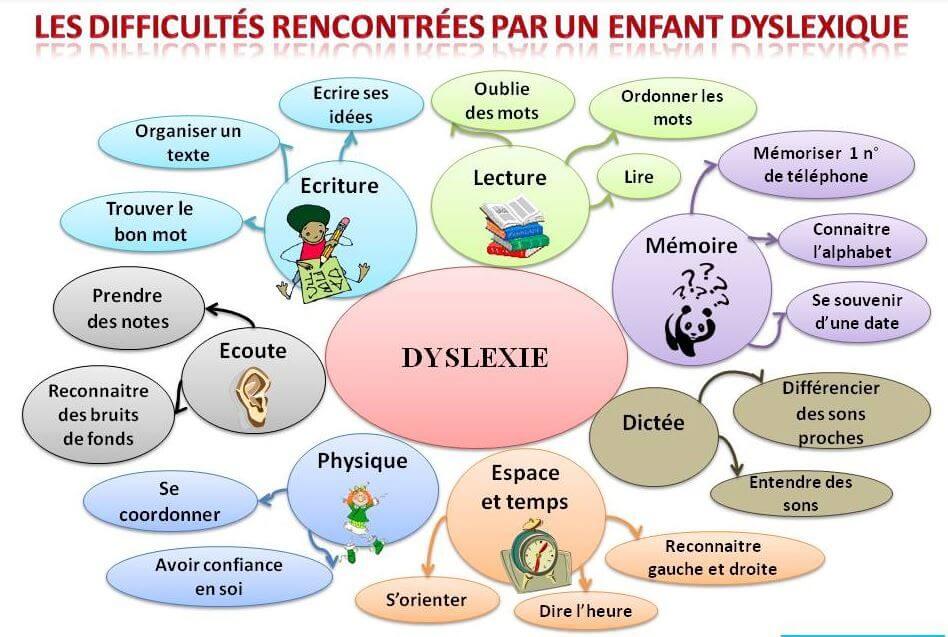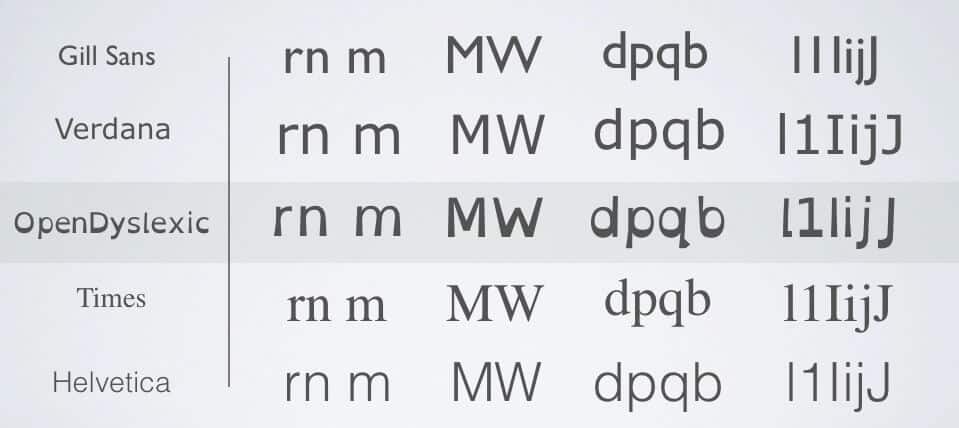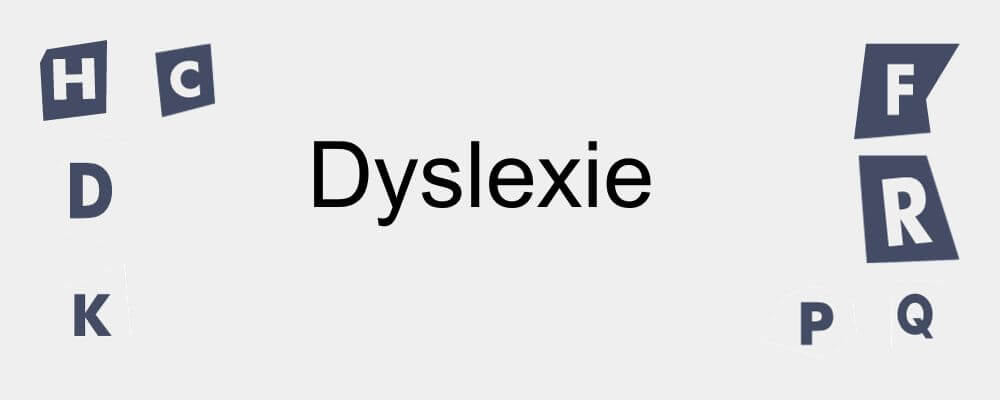accessibility standards
accessibility standards Read more »

Digital accessibility is much more than a simple recommendation: it is a legal obligation to respect accessibility standards, governed by article 47 of the law of February 11, 2005. This law, aimed at guaranteeing equality opportunities, participation and citizenship of people with disabilities, has imposed strict standards to make online services accessible to all.
Websites must be designed to be understandable and usable by everyone. This includes enabling visually impaired people to use screen readers, making navigation easier for people with reduced mobility, and compatibility with assistive technologies.
Documents in PDF format, often used to disseminate information, must also be accessible. This involves adding appropriate tags, textual descriptions for images, and logically structuring the content.
Videos posted online must be subtitled and/or accompanied by a transcription to allow access to people who are hard of hearing or deaf.
Mobile applications, software and packages must be designed to provide an inclusive experience, with interfaces adapted to different forms of disability.
Transport ticket machines or any other digital street furniture must be designed to be accessible, particularly to visually impaired people or people with reduced mobility.
Failure to comply with these legal obligations may result in substantial financial penalties. The amount of 20,000 euros per non-compliant online service is a powerful incentive to ensure compliance. Controls and verifications are carried out by the General Directorate of Social Cohesion, which assesses the compliance of the platforms and proposes sanctions to the Minister responsible for social affairs.

Beyond the legal aspect, guaranteeing digital accessibility is of capital importance to promote inclusion and equal opportunities for all users. This creates an online environment where everyone can access information and services without encountering disability-related barriers.
If your site or digital service requires adjustments to comply with accessibility standards, it is essential to take immediate action. Make an appointment to assess the current compliance of your platform and put in place an action plan to meet the required accessibility standards. This will ensure better accessibility for all and avoid potential sanctions. Digital accessibility is not just a legal constraint, but an opportunity to create an inclusive and equitable online environment for all users.
In conclusion, digital accessibility is not only a legal requirement but an ethical and social imperative. Complying with these standards makes it possible to offer digital services accessible to all, thus promoting inclusion and equality. Taking proactive steps to bring digital platforms into compliance is essential not only to avoid sanctions, but above all to contribute to a more inclusive and equitable society for all.
If you are looking to make your site compliant, do not hesitate to make an appointment to begin this essential process towards full digital accessibility.
accessibility standards Read more »
Adult dyslexia represents a daily challenge for millions of people around the world. This condition, characterized by difficulties learning to read and write, can have a significant impact on the daily lives of individuals who suffer from it. In an era where access to information is primarily digital, website accessibility becomes an essential part of ensuring an inclusive and equitable experience for everyone, including adults with dyslexia.
Dyslexia affects approximately 5-10% of the world's population, and although often diagnosed in childhood, it often persists into adulthood. According to the British Dyslexia Association, only 35% of adults with dyslexia are aware of their condition, leaving a significant number of people without access to the tools and adaptations needed to help them.
For adults with dyslexia, reading on screens can be particularly difficult due to inappropriate presentation of content. Small font, inadequate contrast, difficult to read fonts and complex layout are all factors that hinder comprehension and fluent reading for this population.

Digital accessibility involves designing and developing websites so that all users, including those with specific needs such as dyslexia, can access content effectively. By incorporating features such as font size and style customization options, optimized contrast, and clear organization of content, websites can become valuable tools for adults with dyslexia.
Studies show that 71% of websites fail basic accessibility tests, making it difficult or impossible for many people with reading disorders like dyslexia to access information. However, solutions exist and are increasingly being implemented to overcome this gap.
Accessibility standards, such as guidelines issued by the World Wide Web Consortium (W3C), such as WCAG (Web Content Accessibility Guidelines), were developed to guide website creators toward practices that promote maximum accessibility . These standards include specific recommendations for making websites more user-friendly for people with dyslexia, such as the use of sans serif fonts, optimal spacing between lines and appropriate color contrasts.
Additionally, technology tools like browser extensions and dedicated accessibility apps like screen readers and color filters provide additional ways for dyslexic users to personalize their online browsing experience.

Investing in digital accessibility is not just for people with dyslexia, but benefits all users. More accessible websites also benefit older adults, people with visual or motor limitations, and those with temporary needs such as injuries or temporary reading difficulties.
Ultimately, digital accessibility should be considered an ethical and social imperative. It helps break down barriers and create an inclusive online environment where everyone has the opportunity to fully participate in modern society.
Adult dyslexia presents a significant challenge for many people, affecting their ability to access information and communicate effectively. To overcome these barriers, digital accessibility plays a crucial role in making websites more user-friendly and accessible for adults with dyslexia.
By adopting accessibility standards and implementing features specifically designed to meet the needs of people with dyslexia, we can create an online environment where equal opportunities become a reality for everyone, regardless of how they operate. cognitive or their specific needs. Investing in digital accessibility therefore represents an important step towards a more inclusive and equitable society for all.
Understanding and empathy for the challenges of adults with dyslexia is essential to building an online world where everyone can thrive. By integrating digital accessibility into our web development practices, we can truly change lives and open new doors for those who need them.
Bring your sites up to digital accessibility standards now with Néno Communication
© 2022-2024 Néno Communication
